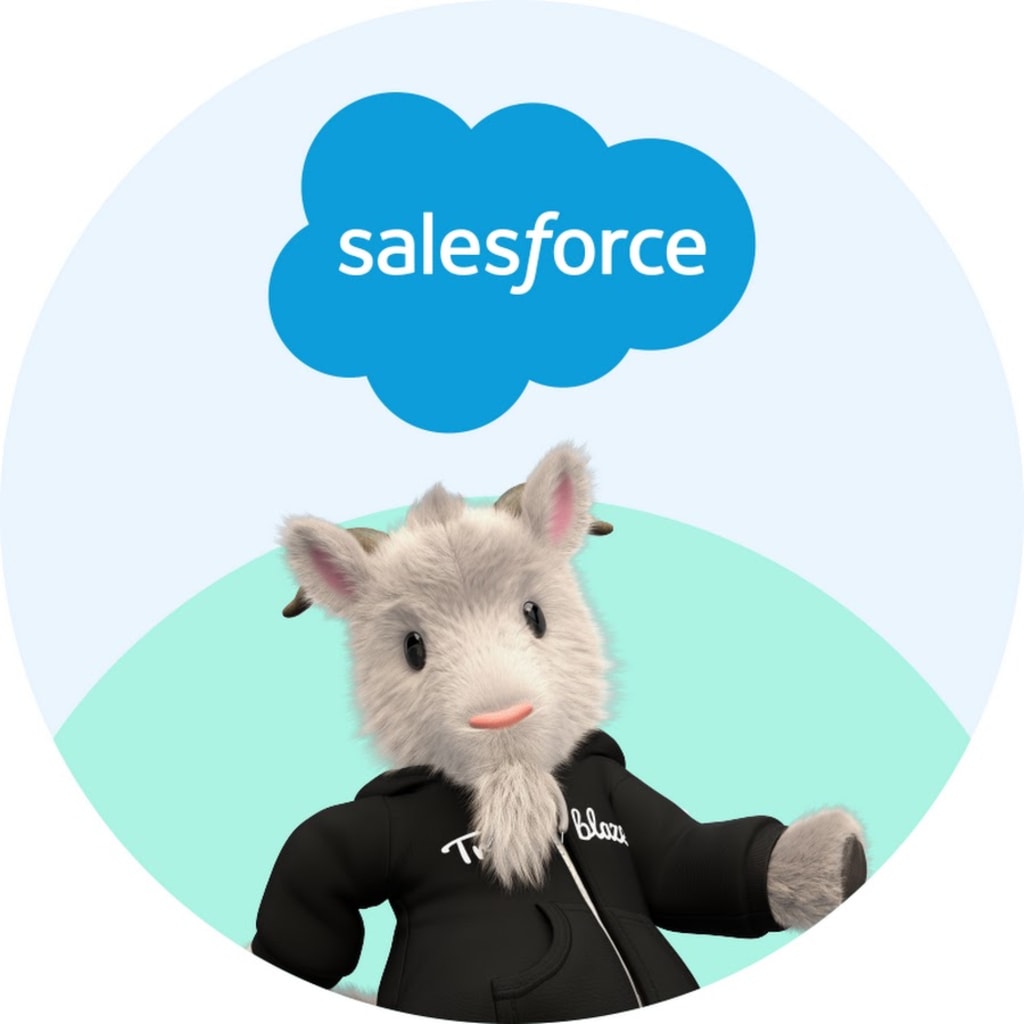Salesforce Administrator
"Most asked interview questions & answers"

- Top Most Asked Interview questions for a Salesforce Administrator position along with possible answers:-
1. What is Salesforce and how does it work?
Answer: Salesforce is a cloud-based customer relationship management (CRM) platform that helps businesses manage their sales, marketing, and customer service activities. It allows companies to store and organize customer data, track leads and opportunities, automate business processes, and collaborate across teams.
2. What is the role of a Salesforce Administrator?
Answer: A Salesforce Administrator is responsible for managing and maintaining the Salesforce platform within an organization. Their role includes configuring and customizing Salesforce, creating and managing user accounts, designing and implementing workflows and automation, generating reports and dashboards, and providing ongoing support to users.
3. How do you handle data security in Salesforce?
Answer: In Salesforce, data security is managed through a combination of profiles, roles, and permissions. Profiles control what users can do within the system, while roles determine the hierarchy and visibility of data. Additionally, field-level security can be applied to restrict access to sensitive data fields based on user profiles.
4. What is the difference between a profile and a role in Salesforce?
Answer: A profile in Salesforce defines what a user can do within the system, including object and field-level permissions, page layouts, and record types. On the other hand, a role determines the data visibility and hierarchy within the organization, specifying who can access and edit certain records based on their position in the hierarchy.
5. How do you import data into Salesforce?
Answer: Salesforce provides various methods for importing data, such as the Data Import Wizard, Data Loader, and third-party integration tools. The Data Import Wizard is suitable for smaller data sets and provides a step-by-step interface, while Data Loader is a more robust tool for handling large volumes of data through bulk operations.
6. What are validation rules in Salesforce?
Answer: Validation rules in Salesforce allow you to define specific criteria that must be met when saving a record. These rules ensure that data entered into the system follows predefined guidelines or meets specific business requirements. If the criteria are not met, an error message is displayed, preventing the record from being saved.
7. How do you handle duplicate records in Salesforce?
Answer: Salesforce offers several features to manage duplicate records, such as Duplicate Rules and Matching Rules. Duplicate Rules define the conditions for identifying duplicates, while Matching Rules determine which fields to compare for potential duplicates. Additionally, tools like Data.com and third-party applications can be utilized for advanced duplicate management.
8. How do you create a report in Salesforce?
Answer: To create a report in Salesforce, you need to select the desired report type, choose the fields to include, apply filters and grouping, and customize the report layout. Once the report is defined, you can run it to view real-time data or schedule it to be generated and delivered at specific intervals.
9. What are the different types of relationships in Salesforce?
Answer: Salesforce supports several types of relationships between objects, including:
Master-Detail Relationship: A strong relationship where the child record is dependent on the master record and inherits its security settings and ownership.
Lookup Relationship: A weaker relationship where the child record has a reference to the parent record but is not dependent on it.
Many-to-Many Relationship: Implemented using a junction object to connect multiple records of one object to multiple records of another object.
Hierarchical Relationship: Used to define organizational hierarchies, typically for role-based access and reporting purposes.
10. What is the difference between a workflow rule and a process builder?
Answer: Both workflow rules and process builder are tools for automating processes in Salesforce, but they differ in their capabilities and complexity. Workflow rules are simpler and allow for basic actions and field updates. Process Builder is more advanced and provides a visual interface to define complex processes involving multiple criteria and actions, including the ability to create records or call Apex code.
11. What is the role of a sandbox in Salesforce?
Answer: A sandbox in Salesforce is a copy of the production environment that allows for testing and development activities without affecting live data. Sandboxes provide a safe and isolated space to build and test changes, such as configuration modifications, new features, or integrations, before deploying them to the production environment.
12. How do you handle data security during data imports and integrations?
Answer: To ensure data security during imports and integrations, it's important to validate the source of data and employ various security measures, such as:
(1) Implementing appropriate user permissions and access controls.
(2) Encrypting sensitive data during transmission.
(3) Validating data quality and integrity before and after import/integration.
(4) Utilizing tools or processes for data anonymization or masking where required.
All the best for your interview.
Thank You...!
<Please give a Like and Subscribe for more>
About the Creator
Randy Alan
Hello Everyone, here I talk about Education, Health and Love
Enjoyed the story? Support the Creator.
Subscribe for free to receive all their stories in your feed. You could also pledge your support or give them a one-off tip, letting them know you appreciate their work.





Comments
There are no comments for this story
Be the first to respond and start the conversation.